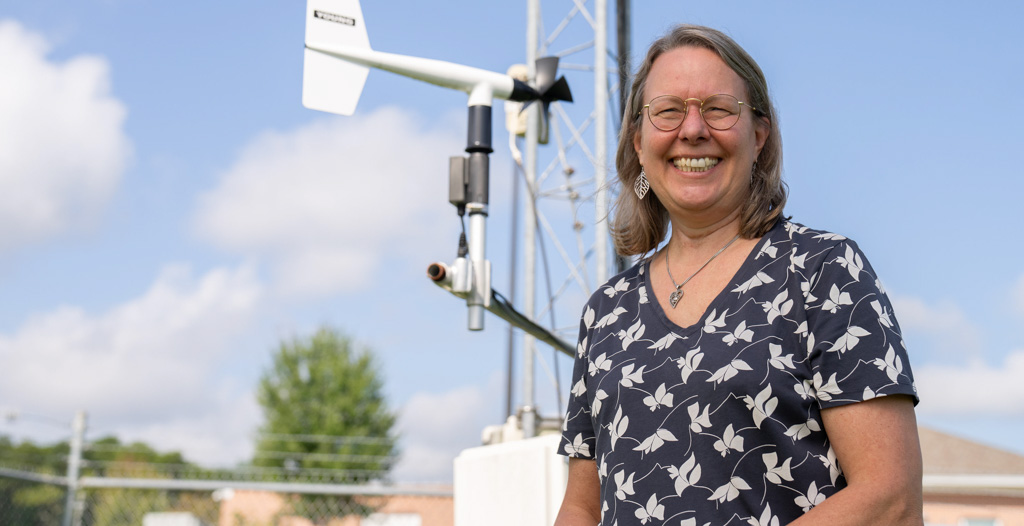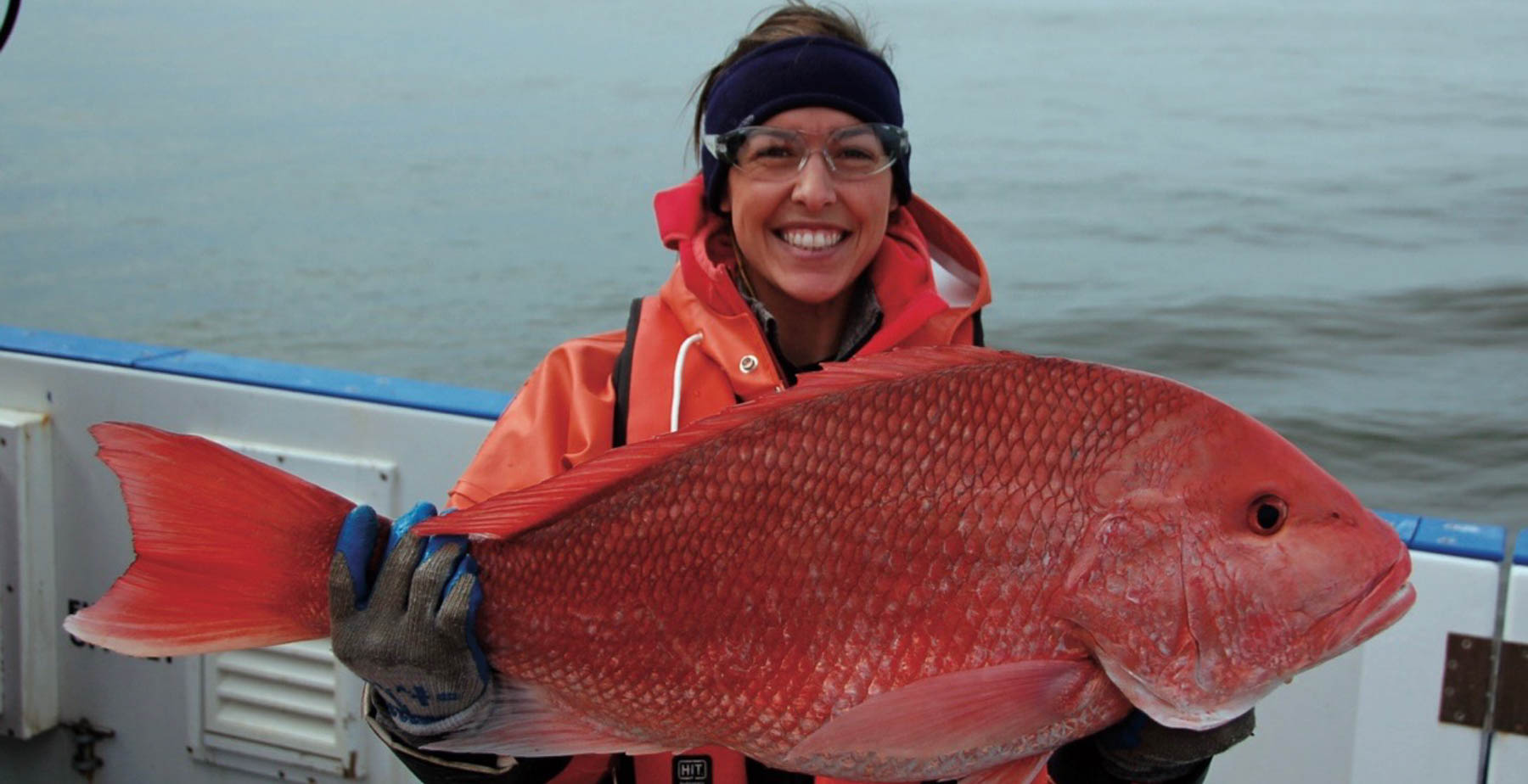Casting A Wider Net
Posted on July 29, 2024

The University of South Alabama has received a $3 million award from the National Oceanic and Atmospheric Administration to improve weather prediction across 20 counties in Alabama’s Black Belt region.
The funding will expand the South Alabama Mesonet system across more than a third of the state and connect areas previously covered only by satellite monitoring. The data from these ground-based stations, which can be accessed by the National Weather Service, can help provide timely warnings in advance of storms.
“It has always been my dream to secure solid funding for the South Alabama Mesonet and to expand the number of stations,” said Dr. Sytske Kimball, University of South Alabama professor of meteorology and the project’s principal investigator. “With this grant, that dream has been realized.”
In 2004, Kimball launched the Mesonet with a National Science Foundation grant. It currently consists of 26 automated weather stations in eight of the southernmost counties of Alabama. She hopes that one day there will be a state-wide Alabama Mesonet.
The stations collect 24 different atmospheric and soil parameters every minute, including temperature, relative humidity, wind speed, precipitation, soil temperature and moisture. This information can be beneficial to a wide range of organizations including those in the agriculture, aviation, energy and forestry sectors. They are integrated into weather models and can help the National Weather Service issue better severe weather and tornado alerts.
The grant was secured by U.S. Sen. Katie Britt, R-Ala., whose family survived an EF4 tornado that struck Tuscaloosa, Alabama, in 2011. It was one of 62 tornadoes that claimed nearly 250 lives in Alabama that day.
“The quality of weather information and the speed of its distribution is often the difference between life and death – something I and so many Alabamians know firsthand,” Britt said. “This significant investment in the South Alabama Mesonet will enhance severe weather detection equipment that will put accurate data in the hands of meteorologists faster. I am grateful to have secured this funding to ensure families and communities are better able to prepare for and respond to extreme weather.”
Besides expanding the number of monitoring stations and upgrading current equipment, the new funding will allow Kimball to hire a Mesonet manager, field technician and IT specialist to oversee the project’s operation.
“It is a huge benefit to be able to hire dedicated staff to help with expanding and upgrading the stations and also with updating the website to include value-added products and tools,” Kimball said.





